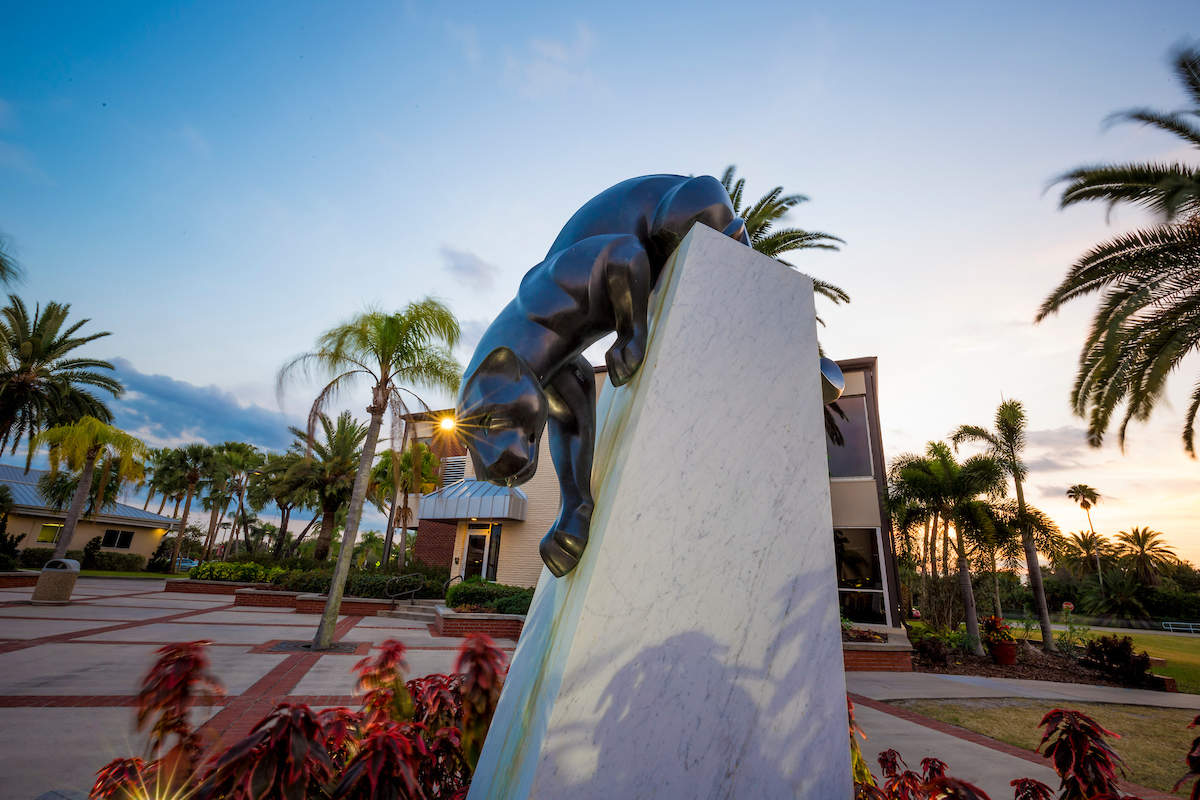Renewable Energy Research Looks at Polyurethane’s Power
New research from Toufiq Reza, assistant professor of chemical engineering, is examining a potential source of renewable energy that you may be sitting on right now as you read this.
The paper, “Solvothermal liquefaction of waste polyurethane using supercritical toluene in presence of noble metal catalysts,” was written by Reza and university student researchers Vahab Ghalandari, Soudeh Banivaheb, Jessica Peterson and Hunter Smith. It examines solvothermal liquefaction, a thermochemical conversion method that uses solvents to convert waste plastics such as polyurethane into useful chemicals. The process works by putting the solvent toluene on polyurethane in a high-temperature environment, the polymers in the polyurethane break down into chemicals that can be used for recycling.
The paper identifies the chemicals that emerge from this process, such as aniline, an organic compound used in the application of rubbers, pesticides and dyes. The chemical agent styrene is also produced. That’s used in manufacturing polystyrene and Styrofoam cups. Other uses for the chemicals produced in this process are monomers for circuit board sensors and LEDs.
“Aniline and these others are very high-value chemicals that have been used in the chemical industry in many different sectors,” Reza said. “Most of the time these chemicals were made from petroleum sources. But if we are converting waste plastics into useful chemicals, we are diverting plastic in one end and making chemicals that used to be made from other petroleum resources at the other end. We are going to offset that.”
There are challenges in converting polyurethane materials into reusable chemicals, however. Just as different types of recyclable materials are handled differently, there are different solvents required depending on the material they are applied to. Temperature is also an important factor in getting the material to break down properly.
“What happens when different plastics are mixed with each other?” Reza said. “Now the biggest question for us is, what is the reaction mechanism? How is the reaction happening?”
To assist with this, Hunter Smith, a chemical engineering undergraduate student, researched a way to examine what happens when the thermochemical conversion solvent interacts with other plastics that might be mixed with polyurethane.
Reza’s future polyurethane research will examine how to purify the byproducts and the reaction mechanism by doing seemingly the opposite: adding impurities, such as other plastic, to the polyurethane when the material is broken down by the solvent. Other research would include the use and effectiveness of environmentally friendly solvents. The team would also like to look at the economics of the solvents.
“A preliminary economic study is promising,” Reza said. “Once we have identified all the different parts of it, we can do a detailed process economics and that’s the time when I can take it like, ‘Okay, I have a process which is economically viable and environmentally sustainable. That is the recipe of the successful technology.’”





